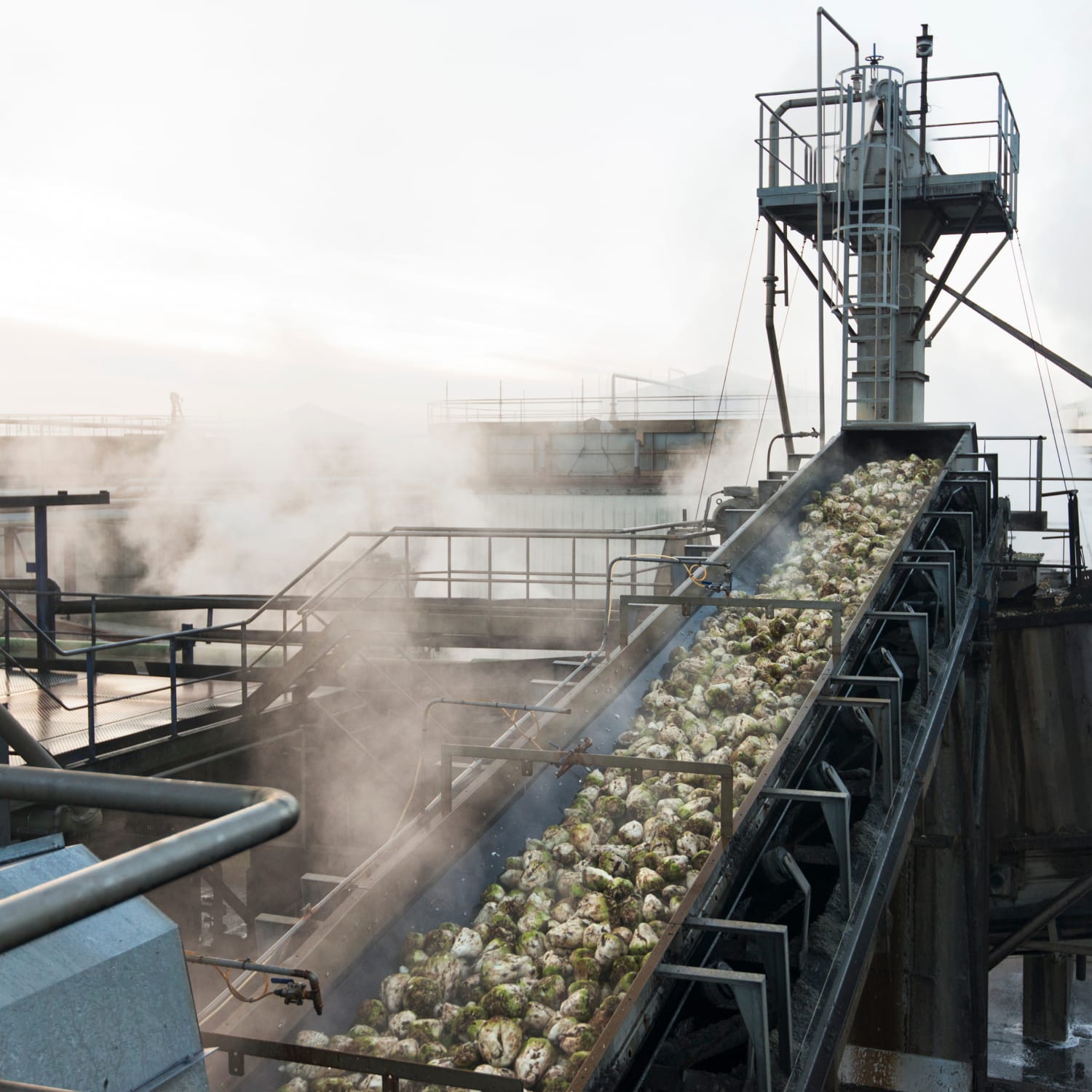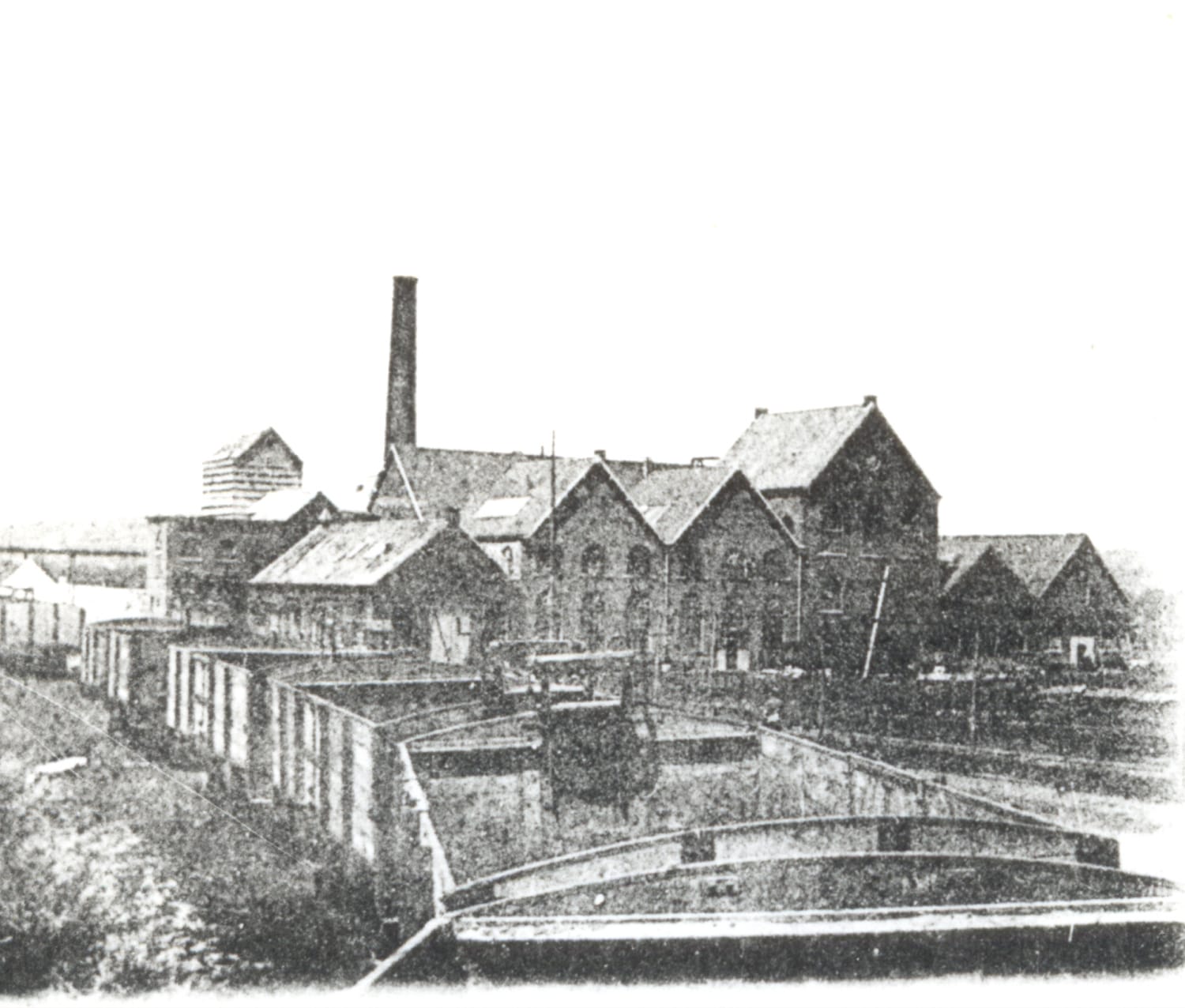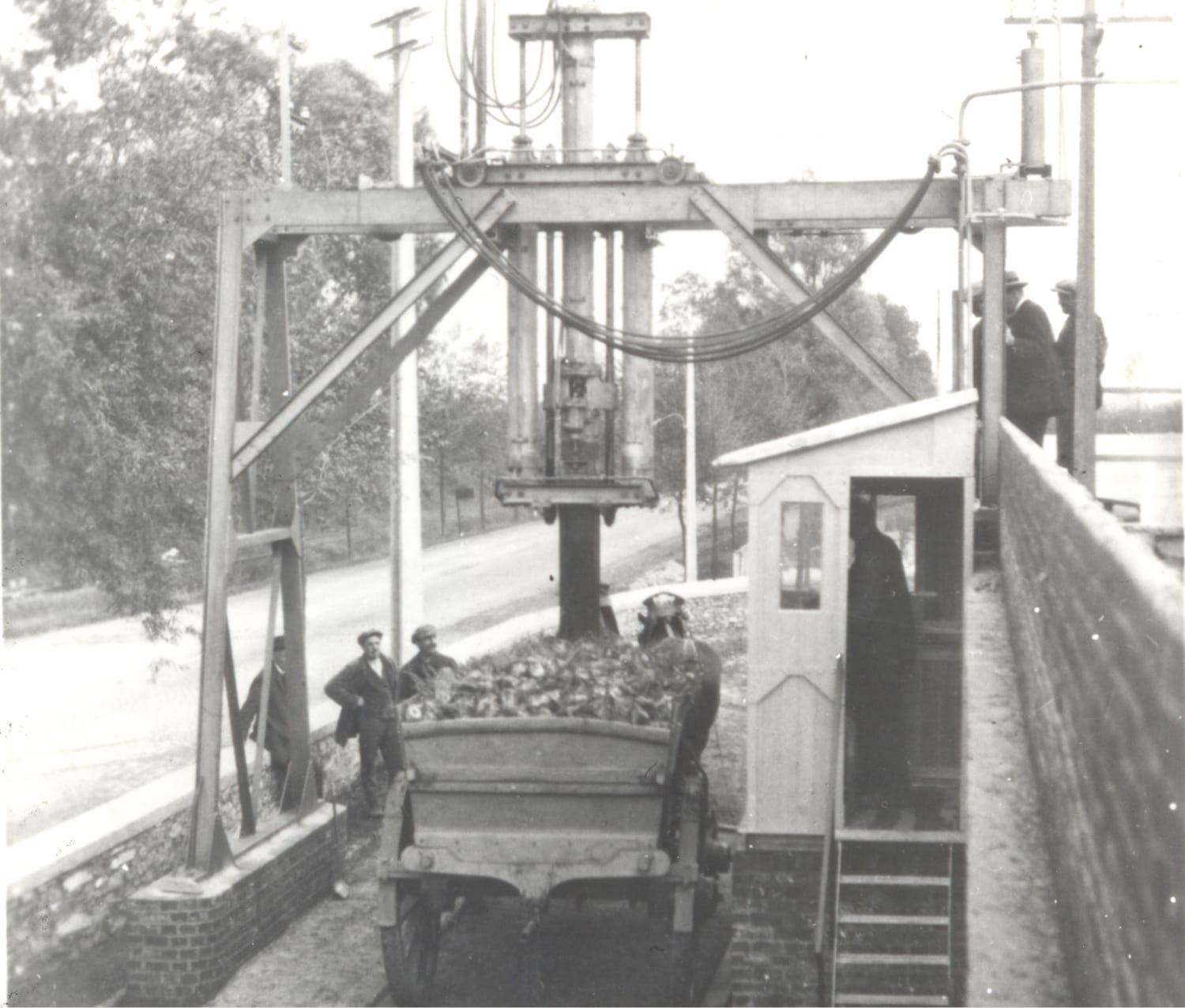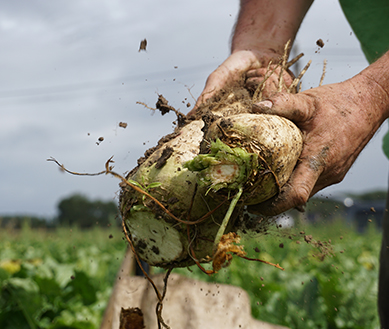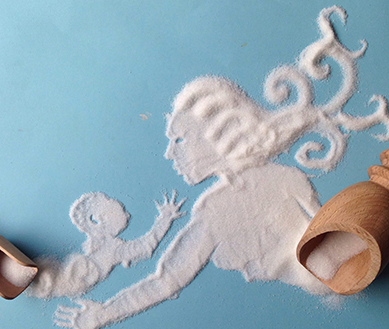About us > A history of sugar
Sugar and its History
From honey to beet, without forgetting the all-important sugar cane, sweet products have, since times immemorial, delighted mankind.

Sugar cane goes global
Sugar cane is indigenous to Papua New Guinea. Naturally rich in sugar, it spread rapidly throughout large neighbouring territories, such as China and India.
Sugar arrived in Europe through the Arab world, and this “rare spice” started appearing on the dinner tables of the rich and the upper classes. Sugar cane does not grow well in Europe, and Europeans introduced it to America after the continent is discovered, and it quickly spread through South America. It was then imported by sea, with ships sailing to America carrying slaves, and returning with various goods, such as sugar.

The modern sugar industry
Today, beet represents 20% of the worldwide production, and is the 2nd biggest source of sugar, behind sugar cane, which still amounts to around 70%. Optimized over the two last centuries, the extraction process of sugar from beet is now maximized. The challenges no longer reside in our extraction and crystallization capacities, but rather in the profitability of the process, as we strive to make it as efficient as possible, while also reducing its power dependency.
Globally, Europe is the biggest producer of sugar from beet. However, Brazil and India still hold the first places in sugar production, relying on their extensive sugar cane plantations.
